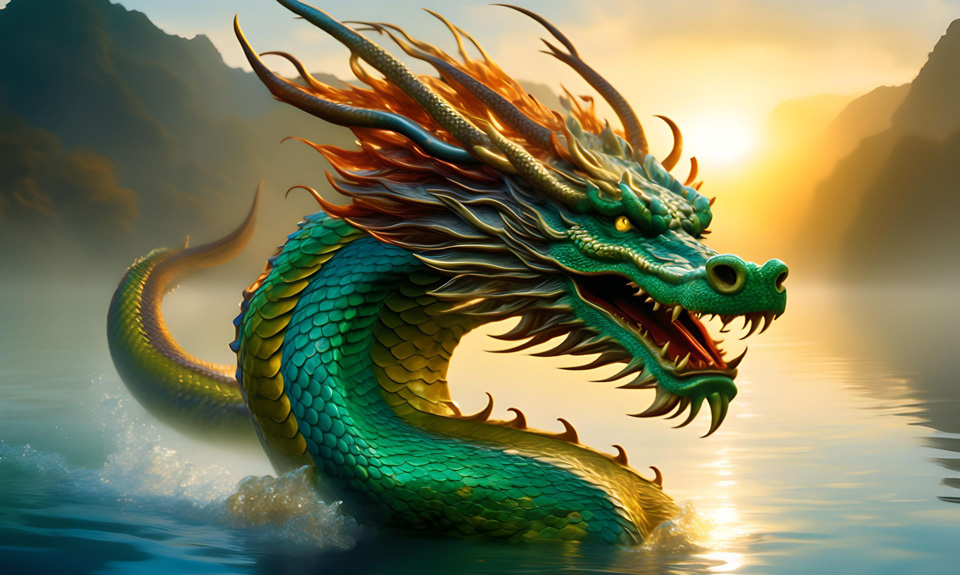The Chinese Dragon is the spiritual totem of the Chinese nation. It carries thousands of years of cultural heritage and is one of the most representative symbols of Chinese civilization. From being an object of totem worship in ancient times to a key cultural symbol today, its image and meaning have continued to evolve—now deeply rooted in the daily life and spiritual world of the Chinese people.

To understand the origin of the Chinese Dragon, start with its appearance: it combines features of multiple animals, such as a snake’s body, a deer’s antlers, an eagle’s claws, and fish scales. Its earliest form dates back to the Neolithic Age (c. 10,000 BCE–2,000 BCE), when it was part of ancient totem culture. In primitive societies, ancient Chinese people felt both awe and curiosity toward natural phenomena like wind, rain, thunder, and lightning. They imagined the dragon as a “divine creature” that could call forth wind and rain, and control nature—making it a symbol of unity and strength for tribes.
As history progressed, the dragon’s meaning changed: during China’s feudal era (c. 221 BCE–1912 CE), it became an exclusive symbol of imperial power. Emperors were called “True Dragon Emperors,” and dragon patterns covered imperial palaces, the emperor’s clothing, and his personal items—all to show the emperor’s supreme authority. In folk culture, however, the dragon stands for good luck and strength. Two popular traditions include:
- Dragon Dance (during the Spring Festival, China’s most important traditional festival): People dance with a colorful cloth dragon to pray for blessings.
- Dragon Boat Racing (during the Dragon Boat Festival, a festival honoring Qu Yuan, an ancient Chinese poet): Teams race long, dragon-shaped boats on rivers.
Both traditions express people’s wishes for good weather and a peaceful country.
The Chinese Dragon is more than just a “mythical beast”—it carries the spiritual traits of the Chinese nation:
- Its mix of animal features shows “inclusiveness,” reflecting Chinese culture’s ability to embrace diversity.
- Its upward-soaring posture represents the Chinese people’s spirit of self-improvement and hard work.
- Its close connection to water (e.g., folk tales say “the Dragon King controls rainfall”) shows ancient Chinese people’s desire to live in harmony with nature.
In modern times, the Chinese Dragon remains a lively cultural symbol:
- It appears in logos for major national events (e.g., National Day celebrations, international expos), serving as an important tool to share Chinese culture with the world.
- It’s also used in international sports events (like the Olympics and Asian Games) and cultural exhibitions—helping spread China’s cultural confidence and national spirit.
Today, the Chinese Dragon is not just a symbol of traditional culture, but a spiritual link between China’s past and future. It gives overseas Chinese a sense of cultural belonging, and helps people around the world understand the deep roots and unique charm of Chinese civilization through this special symbol.
